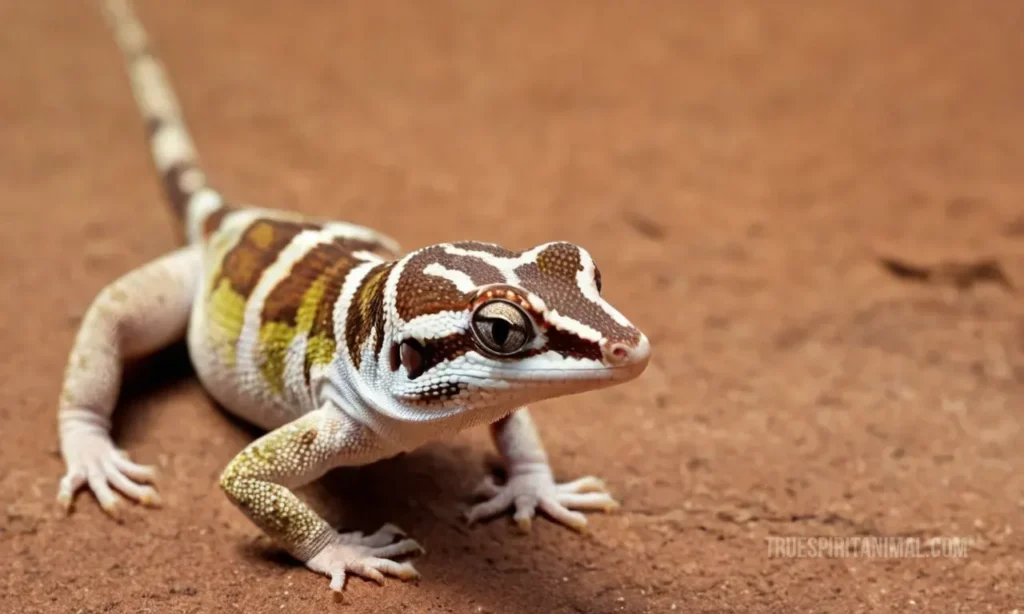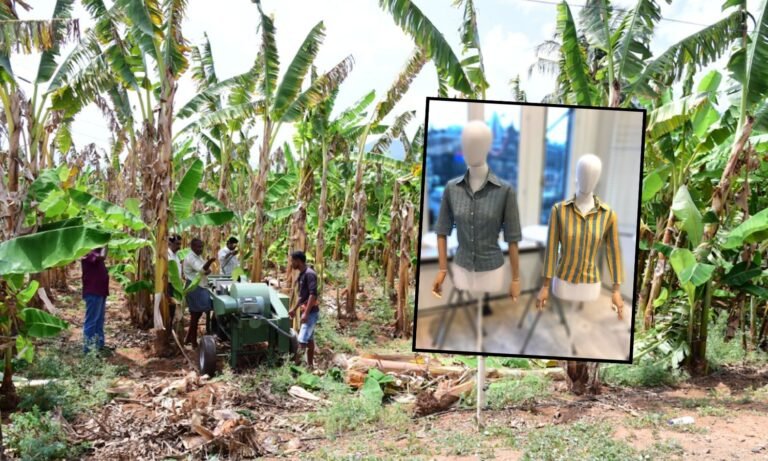The Demand for Australian Wildlife on the Asia Black-Market is increasing and challenging the 2022 Biosecurity Act and Border Control – which is crying out for tougher enforcement of Environmental Legislation Globally
Australia Environment and Water Minister, Tanya Plibersek, said
“People who trade in animals in this way are cruel and selfish, and I’ll do whatever I can to make sure they cop the full force of the law.”
“Our unique animals are highly valued overseas. They are vulnerable to wildlife trafficking and deserve the strongest protection from wildlife traffickers and this cruel trade.”
The 2020 Graeme Samuel review of the EPBC Act gave 38 recommendations, many of which stated an overhaul of the act was required.
Wildlife trafficking is a significant issue for government, implications for biosecurity as well as conservation and animal welfare. Exporting Australian wildlife is a serious offence under Australia’s national environment law, the Environment Protection and Biodiversity Conservation Act 1999.
Each offence has a maximum penalty of 10 years’ imprisonment and fines of up to $313,000 or both.
According to NSW, Australia police, who in February this year seized lizards worth around 5,000 Australian dollars (US$3,350) each, making a total of approximately 1.285 million Australian dollars ($860,000) bound for Hong Kong – Hong Kong has long been considered a hub for illicit wildlife trade due to its busy port and status as a gateway into mainland China.
World Wildlife Fund (WWF) Hong Kong also says that “exotic pets are becoming increasingly popular” in the semi-autonomous Chinese territory. “Rare species of turtles and tortoises, snakes, lizards, parrots, sugar gliders, hedgehogs, scorpions and many others, are traded as pets,” the charity says on its website
THIS WEEK – HONG KONG/ SHENZHEN BORDER SECURITY DISCOVERED 100 LIVE SNAKES IN THE SMUGGLER’S PANTS POCKETS
“Last year, a woman was also caught hiding 16 live lizards under her bra while attempting to enter Shenzhen. Days later, another female traveller was stopped after officers discovered 20 animals, including 15 snakes and four centipedes hidden under her clothes, tied to her waist and chest.” (SCMP)
China is the world’s largest destination for illegal wildlife trafficking despite efforts to crack down on the trade, according to the Global Organized Crime Index. The index also identified Hong Kong as a major transit hub for re-exporters in the illegal wildlife trade, citing the city’s “weak traceability systems”.
Even with global enforcement dedicated to the protection of wildlife and seizing samples part of this illegal trade, prosecutions are limited, with misidentification occurring in over 70% of seized live animals and wildlife products.
Reliable species identification is required to facilitate downstream prosecution, yet it is often not possible in cases without specimen evidence. This can lead to weakened biosecurity; particularly in cases where remnant trace evidence is the only evidence available. Additionally, onsite capacity for detecting trace evidence is often limited due to a lack of expertise and equipment, as well as complex requirements for sample analysis.
The most in-demand creatures internationally are reptiles. More than 170 Australian species have been detected in trade overseas.
Australian Shingleback lizards are the only known monogamous reptile species in the world. They can live for up to 50 years and develop enduring relationships during that time. They’re considered extremely valuable when sold as a mated pair.
Some of the lizards that were seized during a raid in Sydney earlier this year.(Supplied: NSW Police)
AUSTRALIA NEW TECH IN DETECTION & TRACING TO DETER ILLICIT ANIMAL SMUGGLING
A rapid DNA test, which has been developed by Australian scientists, AI, and animal forensic teams, detects illegally held animals with quick-turn-around results within 30 minutes. This allows border control and other agencies to act swiftly in detaining criminals and saving animals.
A portable hand-help X-ray gun that in most cases, can trace a lizard’s origin by reading the unique genetic signature in its scales.
AI Scanning global webistes to identify and locate animal smuggling rings.
Taronga Zoo is using an X-ray gun that can read a lizard’s genetic signature and trace its origin.(ABC News: Jake Grant)















